Learning in the Metaverse – A New Hope
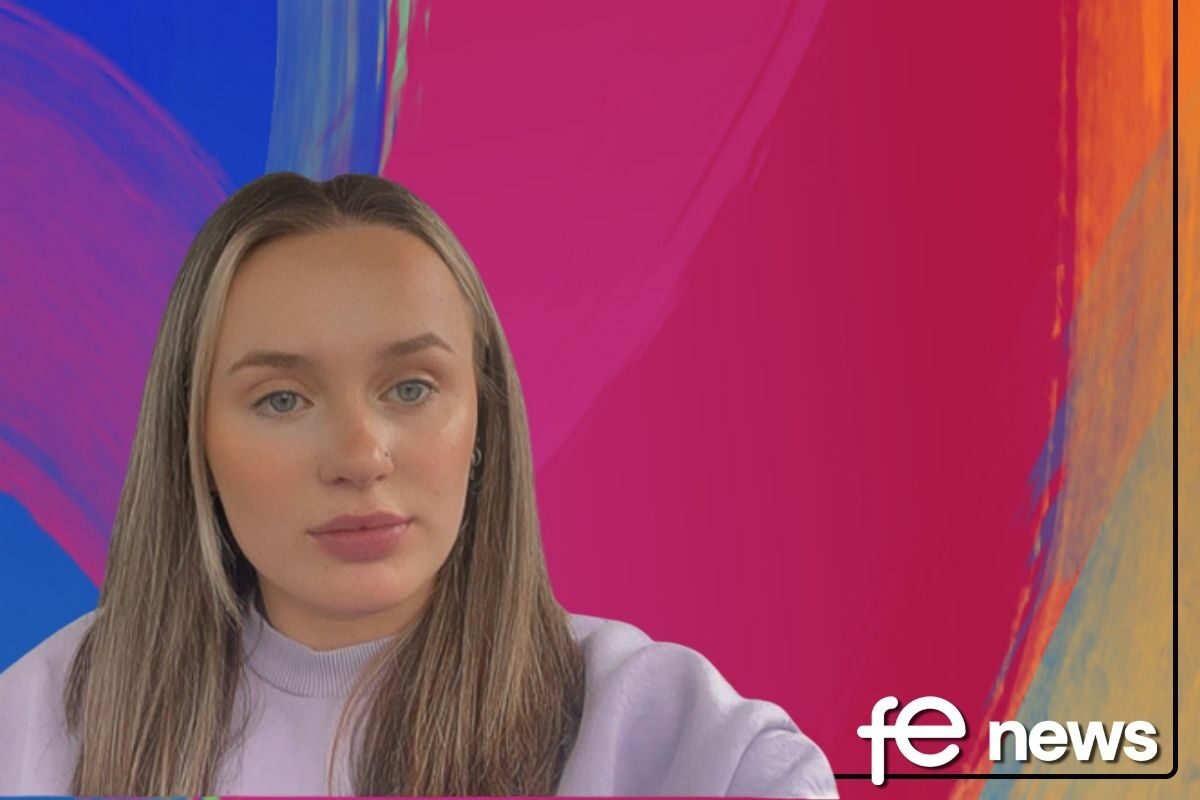
Learning… What has the past couple of years shown or taught us about the direction of learning and our relationship with it? Have we changed how we learn?
When the pandemic hit, many students were required to adapt to online learning. Many of which were conducted through Teams, Zoom or Google Classroom, etc. This was okay for the first few weeks, but later, 57% of students reported they were experiencing ‘zoom fatigue’ (the exhaustion that occurs after attending virtual meetings).
So, what is the future for learning, what do we hope for? Do we want it to evolve or do we want a revolution?
Reports tell us that people want 3 main things:
- The accessibility to learn from wherever they want, on any device and in any language.
- The flexibility that allows students to learn whenever is most convenient for them.
- And most importantly, learning that has a purpose, learning that helps them improve, learning that gets them to the next level in their career or into a new career.
Online learning, online training, online development, whatever you want to call it, is not a new concept but for most people it comes with the stigma of being a tick box exercise or a means of measuring compliance or the content isn’t actually relevant to whatever they do.
Could learning in the metaverse tackle this problem?
Now, the term metaverse was first used in Neal Stephenson’s 1992 sci-fi show Snow Crash and then Ernest Cline’s 2011 novel Ready Player One, where it was described to be a three-dimensional digital meeting place where players engaged with each other as avatars.
And a quick Google search would tell you it’s ‘a virtual-reality space where users can interact in an online environment with other users.’
But how could this ‘three-dimensional digital meeting place’ impact students’ education?
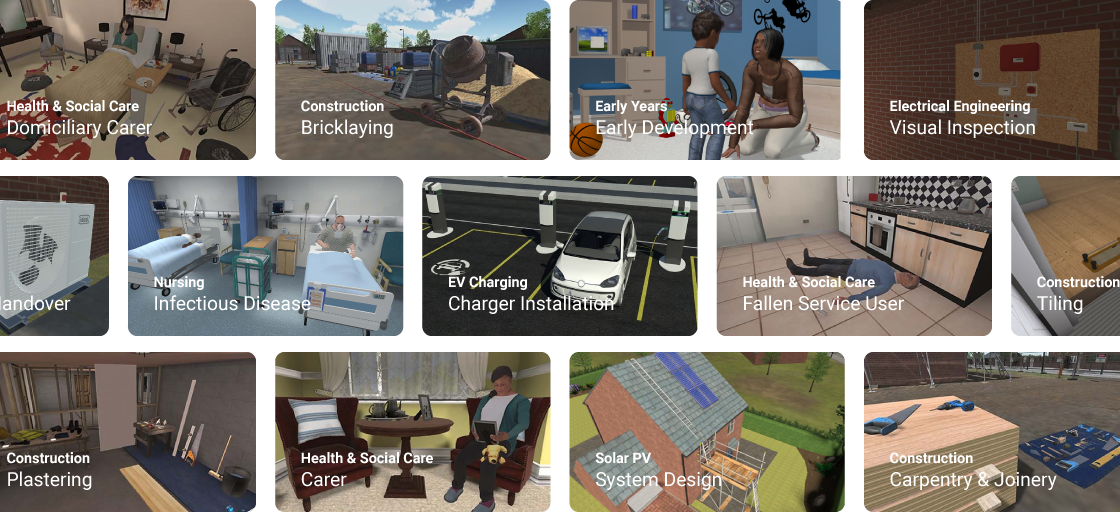
Metaverse Learning Programs
There are many benefits when it comes to virtual technology, such as:
- The ability to learn skills that are high risk or potentially life-threatening
When choosing a career that’s difficult and has lots of things that can go wrong or have a risk to life, it’s hard-to-find opportunities where less experienced students can train and get the experience.
By allowing students to access immersive 3D experiences they can make mistakes in realistic scenarios without harm to themselves or others.
- No restrictions on time, location, or language
The beauty of the metaverse is that you can access it at any point of the day, anywhere in the world as well as view it in any language. This could also help us avoid language barriers that we sometimes occur when communicating globally.
- Create customised and engaging content
Using advanced technologies in education avoids all limitations as anything is possible and you can create customised experiences so that students are benefitting as much as possible.
- Realistic interactions
When the pandemic hit, many students were required to adapt to online learning. Many of which were conducted through Teams, Zoom or Google Classroom, etc. However, was this the most realistic way to communicate, or would an immersive 3D world achieve this?
How can we use virtual scenarios to develop skills and behaviours?
With the recent popularity of virtual reality used in games, it was bound to spread to other industries such as education. We are able to use this new technology to create realistic experiences that will help learners build skills as well as understand the expectations and behaviours of their chosen industry.
By using such a versatile form of technology, we are able to offer it to a variety of learners from all over the world, allowing the option of skill development for all industries.
In conclusion, over the past few years, we have had a huge focus on how learning is being delivered and what learning has been completed that we forgot about the learner and their learner journey. We forgot the vital ingredient that is the quality of the learning content.
With technology now advancing, the metaverse can help improve the education sector as it can benefit students from all over the world in any industry they wish to study. At Metaverse Learning we are helping shape colleges and students’ future to help benefit everyone’s educational experience….
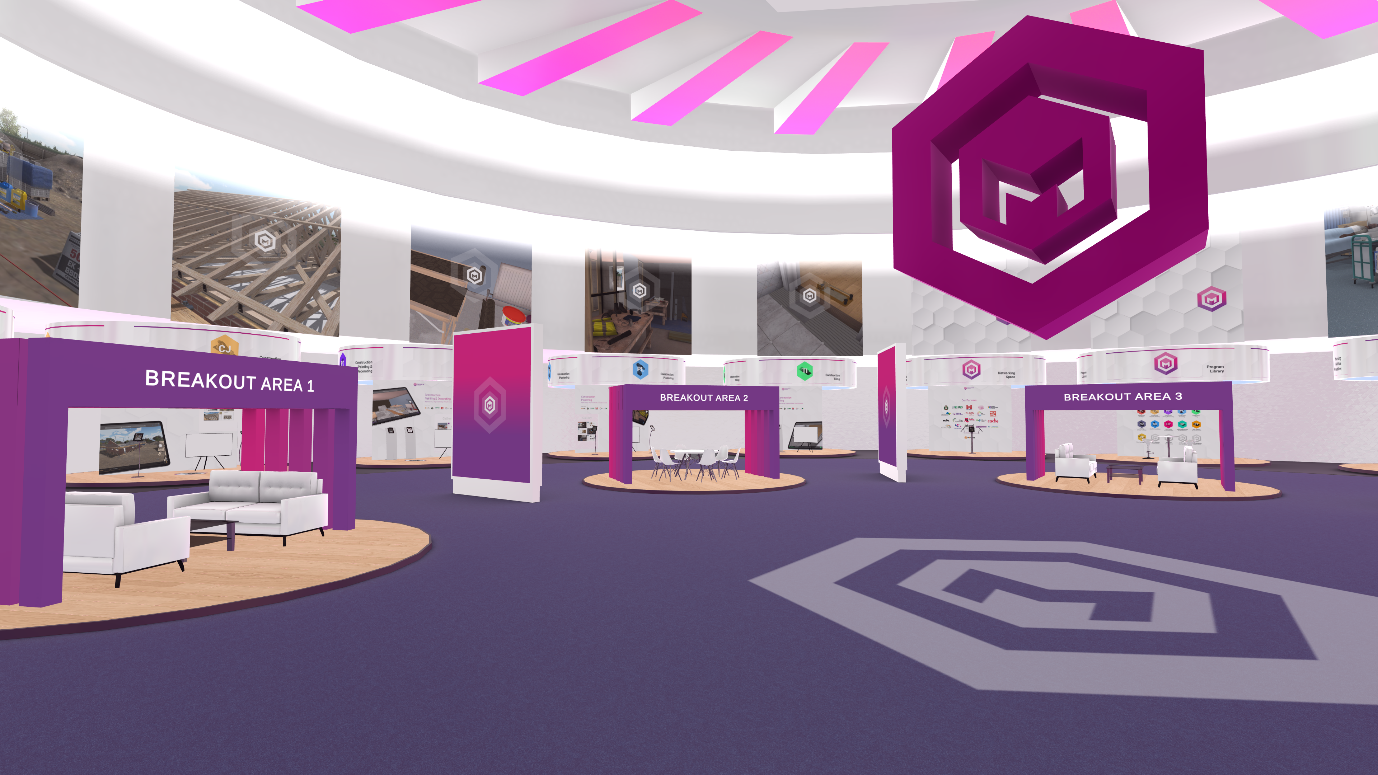
Metaverse Learning Hub
The aim of Metaverse Learning is to give everyone the opportunity to develop and learn skills in a safe and practical environment. We are able to develop metaverse environments thanks to our wide range of partners from the education sector, employers and awarding bodies to develop virtual environments in which users can undertake practical experiences in an immersive, interactive and safe way. Our partners ensure that all content is aligned to appropriate qualifications and industry standards.
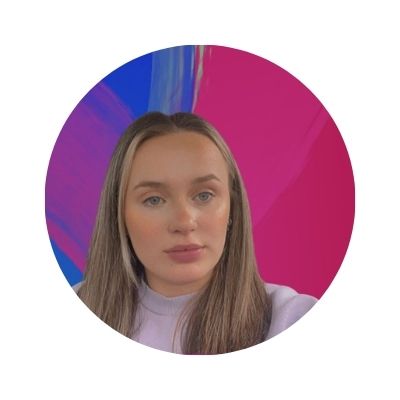


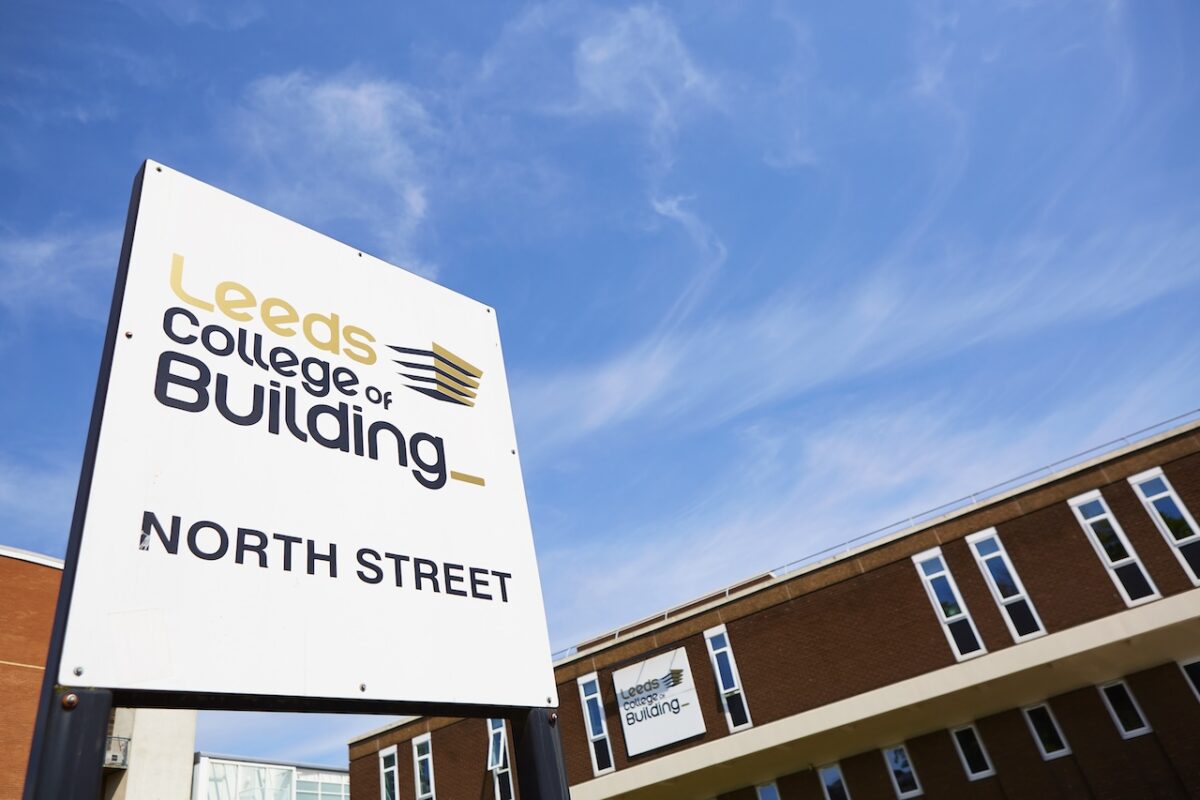
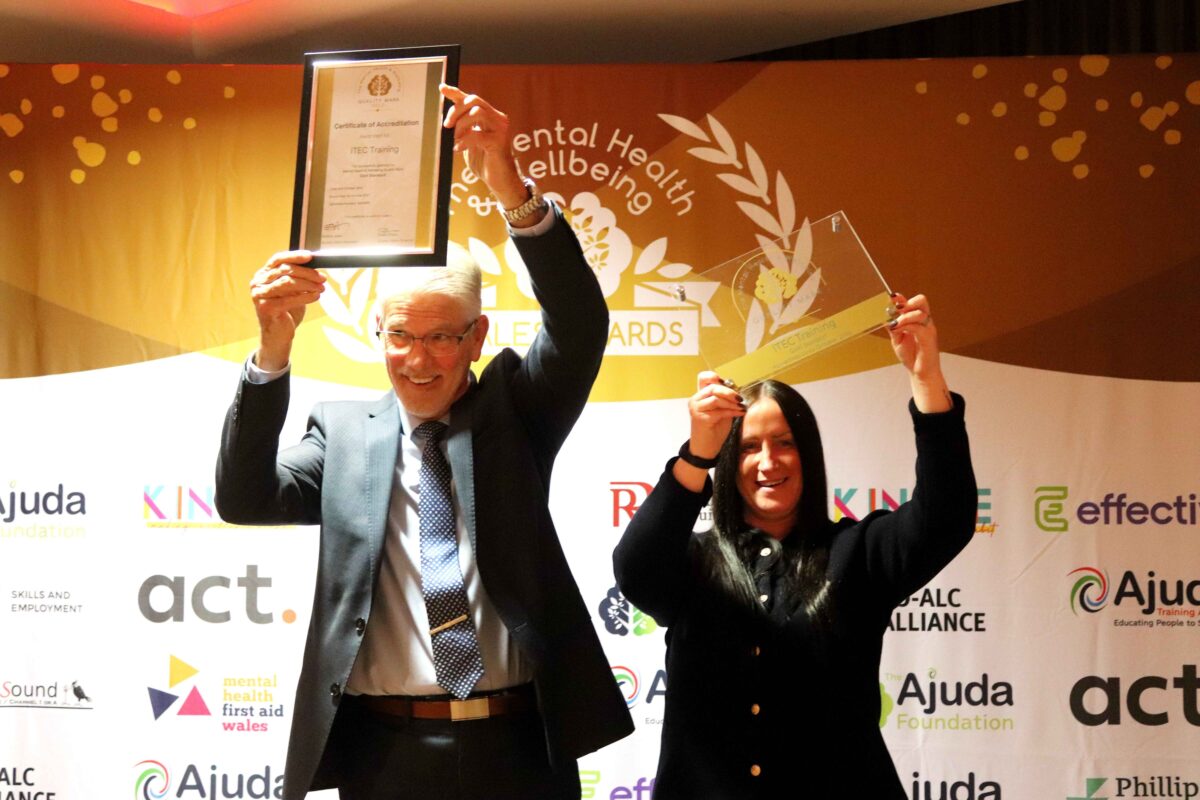
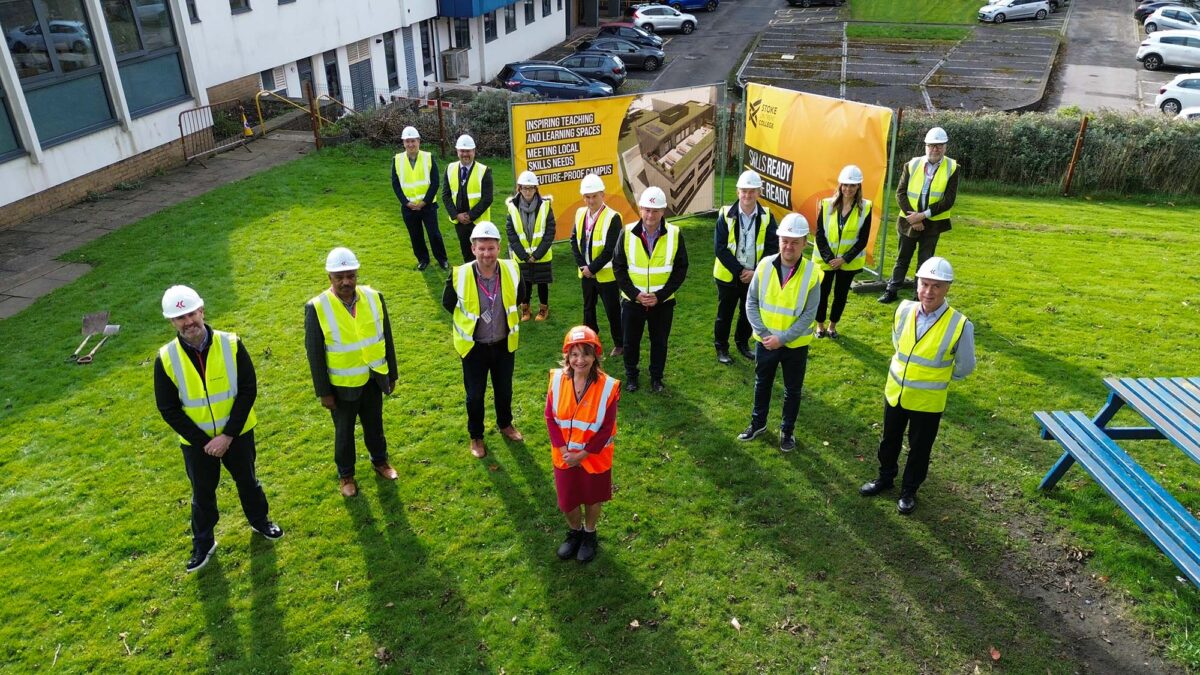
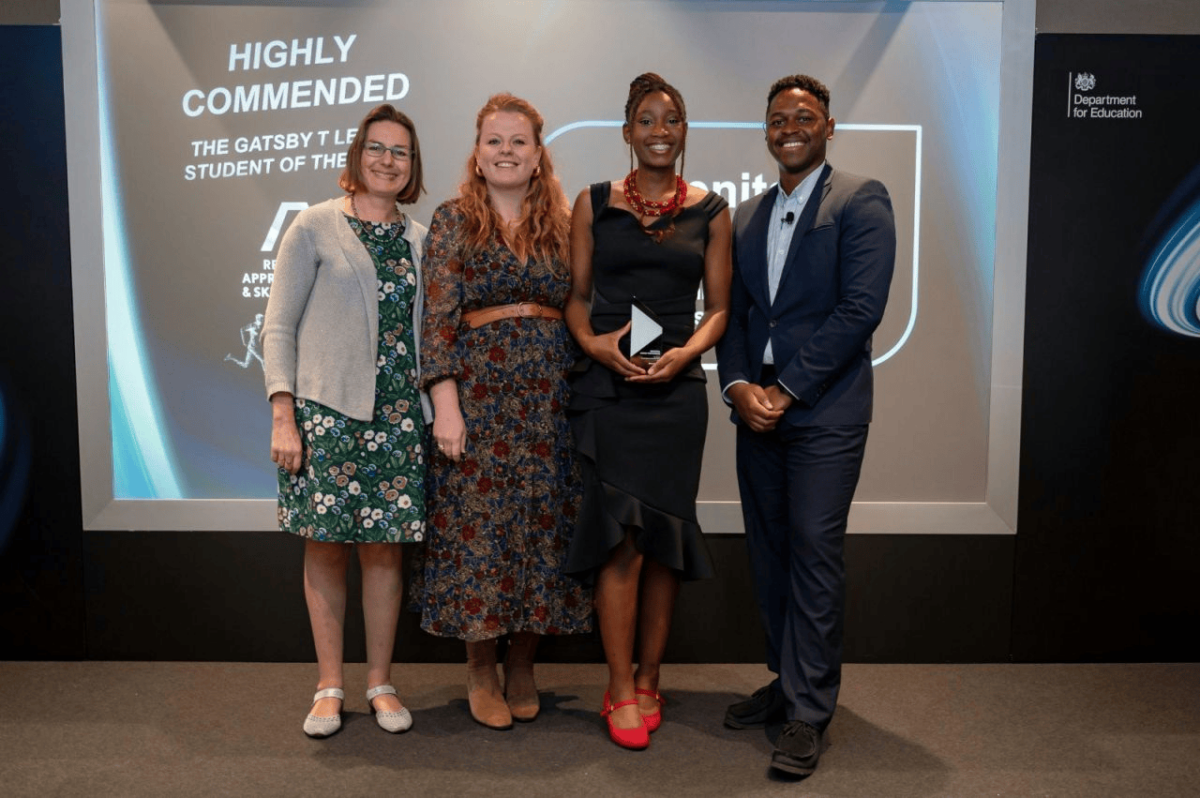



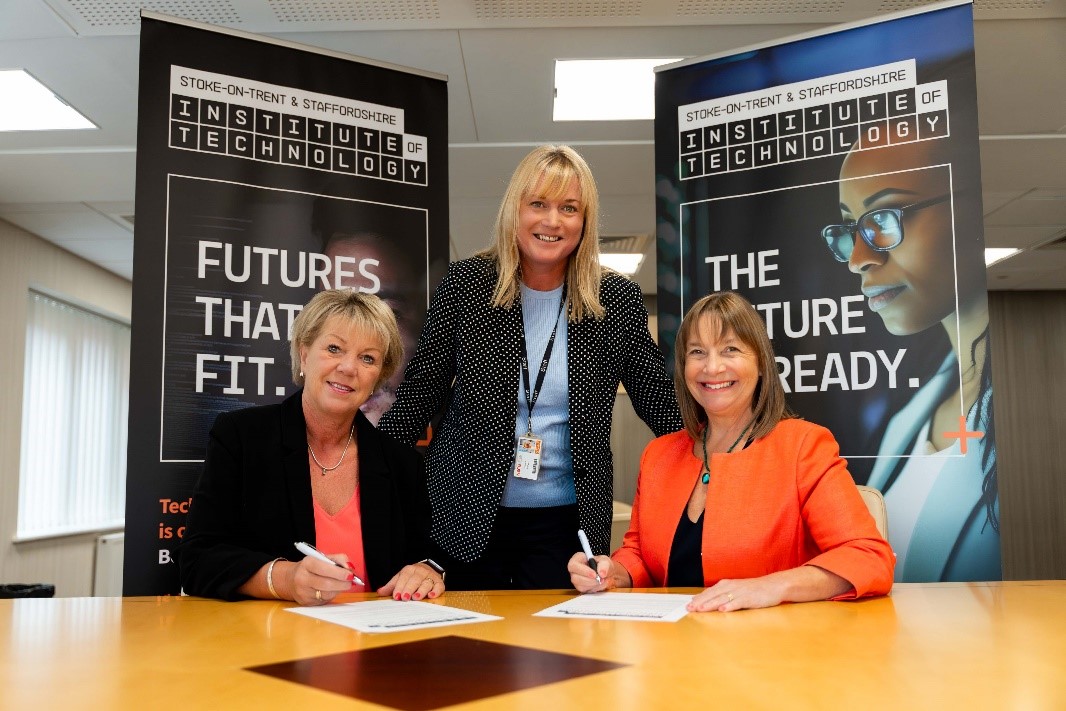

Responses